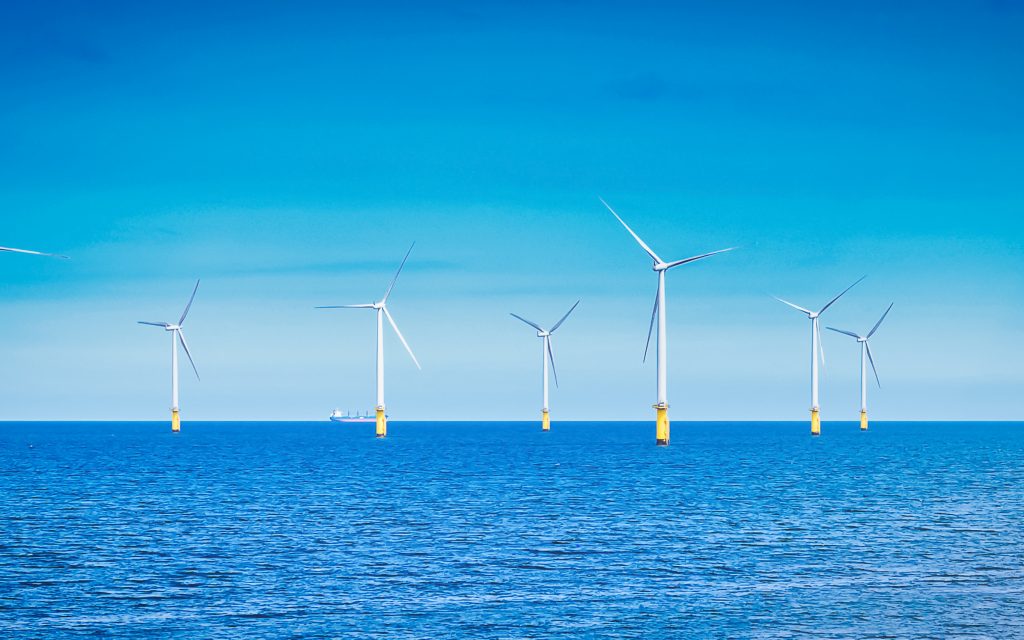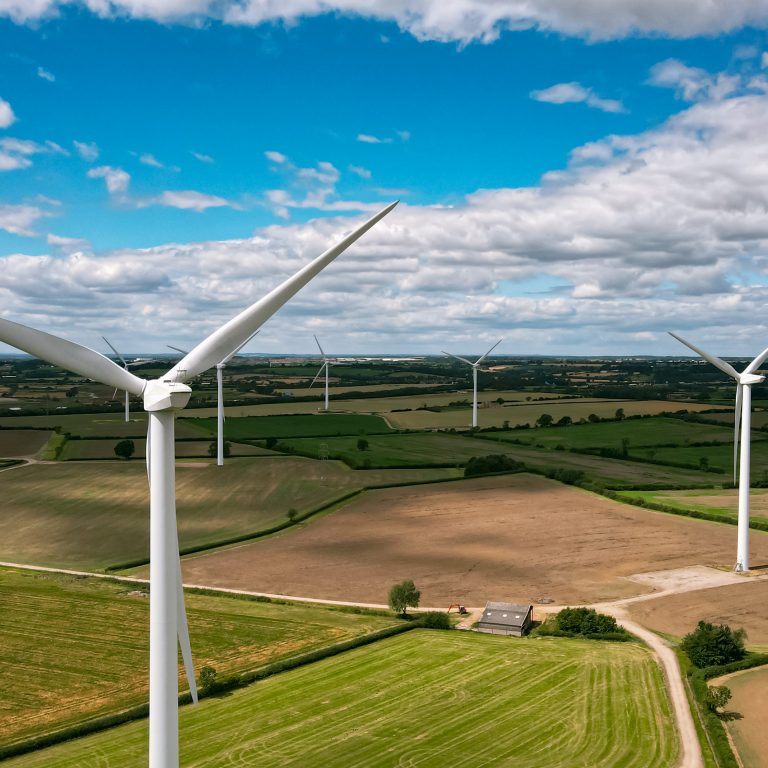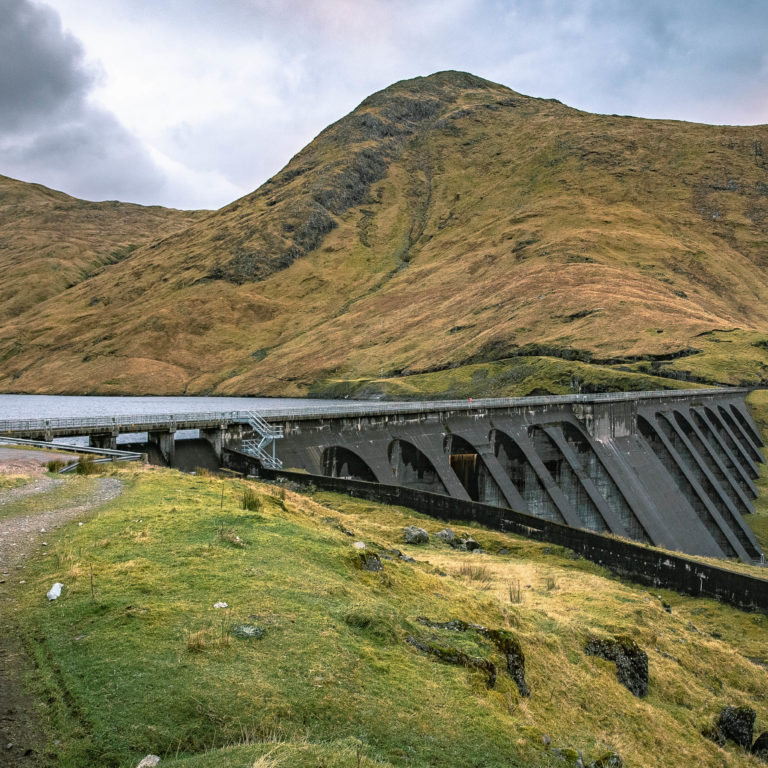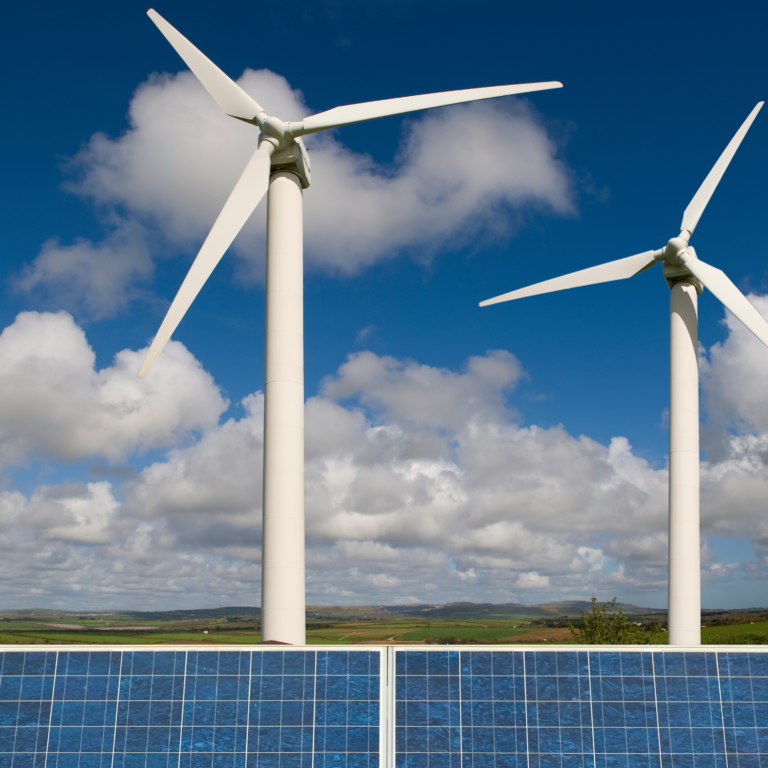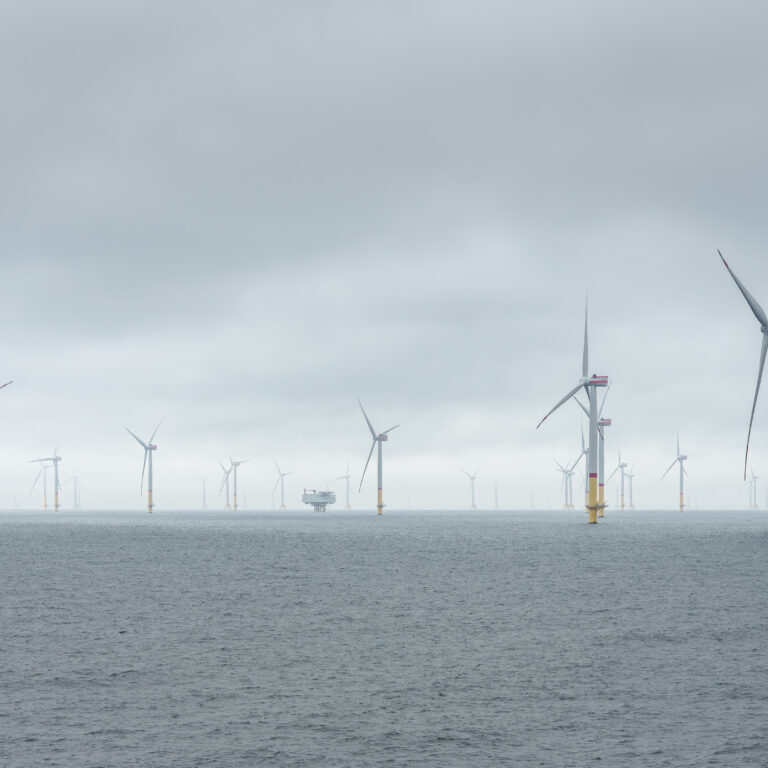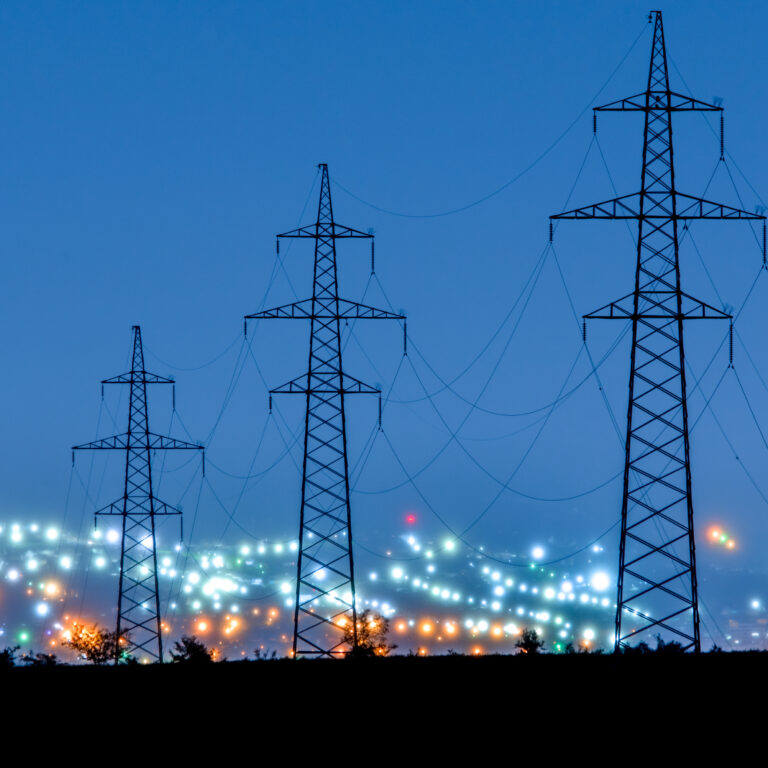- The latest UK offshore wind auction failed to procure new power, leaving a key climate target at risk
- Plugging this new gap could mean an additional 6 million tonnes of CO2 emissions and a more than 20% rise in wholesale electricity prices
- Imperial College academics warn the country is too reliant on a single technology and that the CfD system may have to become more flexible in the future
New analysis by academics at Imperial College London for Drax Electric Insights reveals that the UK’s stalled offshore wind developments jeopardises its climate targets, potentially leading to substantially higher power prices and increased carbon emissions.
Rising inflation left the auction unable to deliver new offshore wind projects as the upper limit set for prices through the Contract for Difference (CfD) scheme was now too low. The Government had hoped to secure up to 5 GW of power at the auction to help meet its target to install 50 GW of offshore wind by 2030.
In a special report on the fallout from the auction, Drax Electric Insights estimates that the impact of this auction could be felt into the future and later this decade the country runs the risk of an annual shortfall of 26 TWh electricity generation. This gap will most likely be filled by increased reliance on gas and imports from abroad, leading to an additional 6 million tonnes of CO2 emissions and a more than 20% rise in wholesale electricity prices.
The report’s authors suggest the current framework’s dependence on wind means it is “relying too heavily on a single technology to support the decarbonisation of the UK’s electricity system,” and proposes “taking a more balanced approach that distributes the share of heavy lifting done by different low carbon technologies would be more effective.”
Dr Iain Staffell of Imperial College London, and lead author of the quarterly Drax Electric Insights report series, said:
“The UK’s decarbonisation strategy is focused heavily on offshore wind, but the auction shows the danger of putting all your eggs in the one basket. The UK has to triple its offshore wind capacity in just seven years to meet the government’s target. With the auction delivering no new capacity, there’s now a huge shortfall and the goal is looking increasingly unattainable.
“This auction should serve as a wake-up call for both government and industry. It may be time to re-evaluate the CfD design to ensure it continues to incentivise not only new projects, but also generation once they are operational. We need to ensure investment is going into a range of low carbon technologies to share the load of decarbonisation.”
Other low carbon or renewable technologies which have been gaining interest from industry and government in recent years include small nuclear modular reactors, long-duration energy storage and carbon capture.
Drax was the first energy company in the world to announce an ambition to become carbon negative by 2030 through utilising Bioenergy with Carbon Capture and Storage (BECCS) technology. The company has radically decarbonised its business by transforming its largest power plant – Drax Power Station in North Yorkshire – to use biomass to generate renewable electricity instead of coal.
The company plans to deploy BECCS technology at its UK plant this decade, permanently capturing and removing up to 8 million tonnes of CO2 from the atmosphere each year – more than enough to cover the additional emissions created from the offshore wind auction’s failure.
Penny Small, Drax’s Group Generation Director, said:
“The UK cannot reach net zero without deploying carbon capture and storage technologies at scale. That’s why we are progressing plans to deploy BECCS at Drax Power Station so we can capture and permanently remove up to 8 million tonnes of CO2 from the atmosphere each year.
“In addition to removing carbon from the atmosphere, BECCS simultaneously provides the country with reliable, renewable electricity. We are engaged in formal discussions with the Government about the project and, providing these are successful, we plan to invest billions in delivering BECCS in the UK.”
Read the full report here: https://reports.electricinsights.co.uk/wp-content/uploads/2023/10/Electric-Insights-AR5-Report.pdf
ENDS
Media contacts:
Aidan Kerr
Senior Media Manager
E: aidan.kerr@drax.com
T: 07849090368
About Drax
Drax Group’s purpose is to enable a zero carbon, lower cost energy future and in 2019 announced a world-leading ambition to be carbon negative by 2030, using bioenergy with carbon capture and storage (BECCS) technology.
Drax’s around 3,000 employees operate across three principal areas of activity – electricity generation, electricity sales to business customers and compressed wood pellet production and supply to third parties. For more information visit www.drax.com
Power generation:
Drax owns and operates a portfolio of renewable electricity generation assets in England and Scotland. The assets include the UK’s largest power station, based at Selby, North Yorkshire, which supplies five percent of the country’s electricity needs.
Having converted Drax Power Station to use sustainable biomass instead of coal it has become the UK’s biggest renewable power generator and the largest decarbonisation project in Europe. It is also where Drax is piloting the groundbreaking negative emissions technology BECCS within its CCUS (Carbon Capture Utilisation and Storage) Incubation Area.
Its pumped storage, hydro and energy from waste assets in Scotland include Cruachan Power Station – a flexible pumped storage facility within the hollowed-out mountain Ben Cruachan.
The Group also aims to build on its BECCS innovation at Drax Power Station with a target to deliver 4 million tonnes of negative CO2 emissions each year from new-build BECCS outside of the UK by 2030 and is currently developing models for North American and European markets.
Pellet production and supply:
The Group has 19 operational pellet plants and developments with nameplate production capacity of around 5 million tonnes a year.
Drax is targeting 8 million tonnes of production capacity by 2030, which will require the development of over 3 million tonnes of new biomass pellet production capacity. The pellets are produced using materials sourced from sustainably managed working forests and are supplied to third party customers in Europe and Asia for the generation of renewable power.
Drax’s pellet plants supply biomass used at its own power station in North Yorkshire, England to generate flexible, renewable power for the UK’s homes and businesses, and also to customers in Europe and Asia.
Customers:
Drax supplies renewable electricity to UK businesses, offering a range of energy-related services including energy optimisation, as well as electric vehicle strategy and management.
To find out more go to the website www.energy.drax.com








